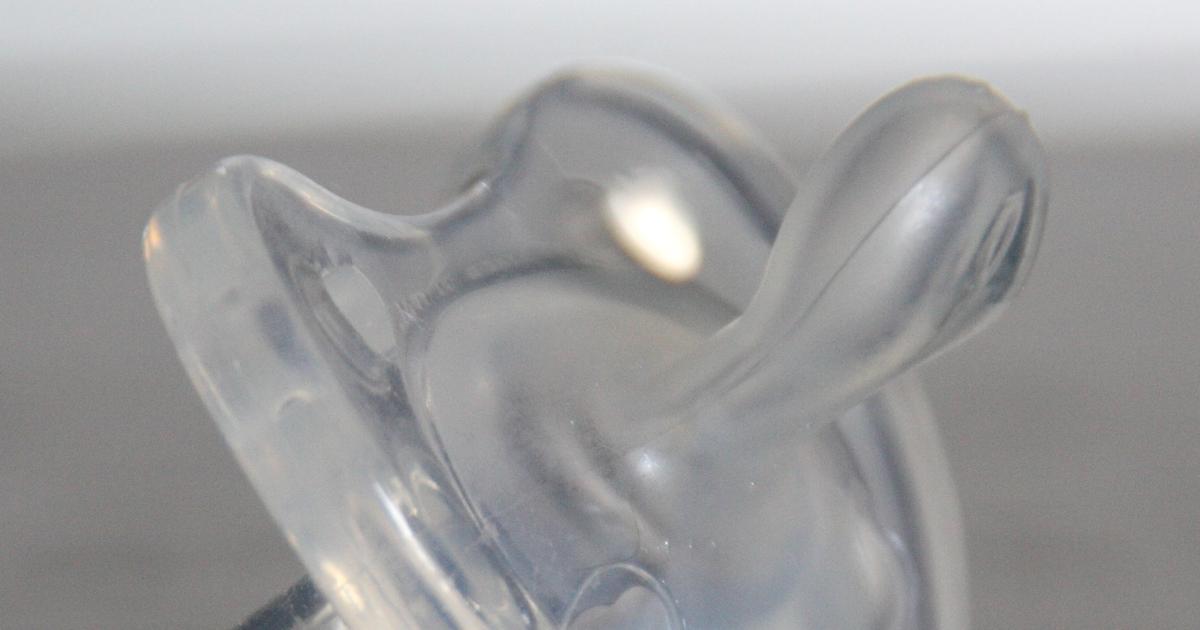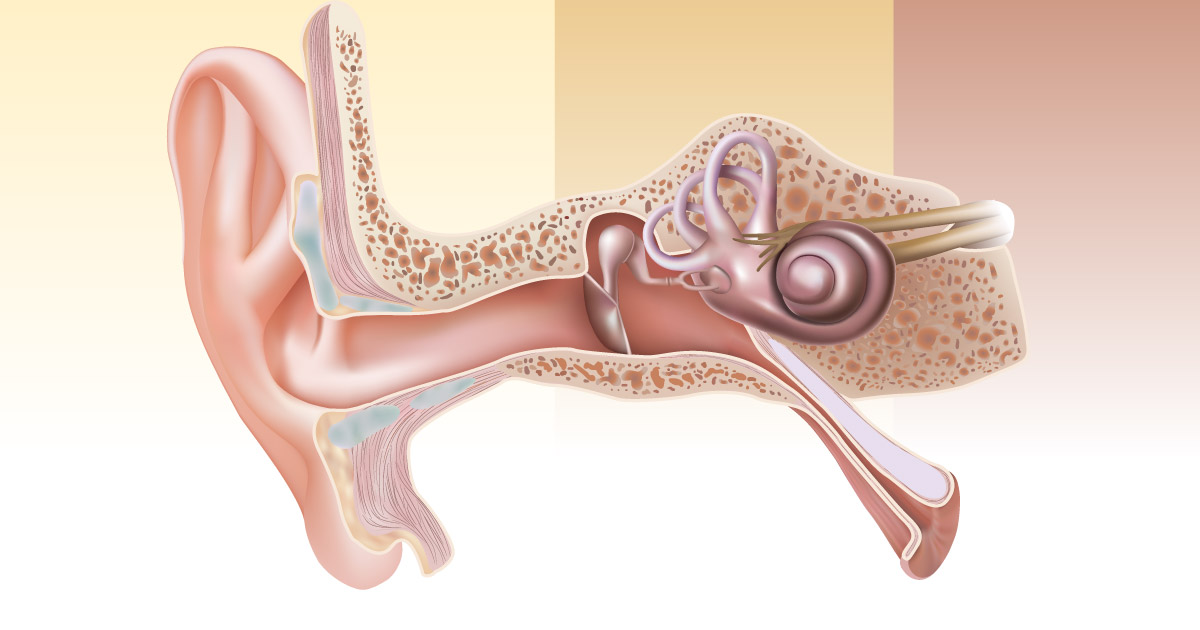Causes And Risk Factors For An Ear Infection
Use Of A Pacifier

Pacifiers are some of the most common baby toys in the United States. When babies suck on these tools, they experience a soothing feeling. Pacifiers might be able to help with the pain from teething by giving babies something to chew on, and parents appreciate the peace and quiet. However, studies indicate pacifiers might actually do more harm than good. One example is the use of a pacifier has been shown to increase a child's risk of developing an ear infection. Researchers who found the link say it's best for children to stop using their pacifiers except for very briefly before bed. The study indicated limiting a child's use of a pacifier might lower their ear infection risk by as much as twenty-nine percent. The reasoning for this is that when a child continuously sucks on their pacifier, the tubes in their ears become abnormally opened. This leads to throat secretions seeping into the child's middle ear. The secretions contain bacteria that then fester in the ear, leading to ear infections.
Get more details on what can trigger an ear infection now.
Smaller Eustachian Tubes

Smaller Eustachian tubes can increase an individual's risk of developing an ear infection. This is particularly true for children, who are already at an increased risk of ear infections anyway. The Eustachian tubes are parts of the body that begin at the back of the nose and run to each of the middle ears (one on each side). This tubing is necessary for connecting the middle ears to the back of the nose. The first portion of the tube is made from cartilage, while the part closest to the ear is made out of bone. Eustachian tubes can become clogged with mucus and other substances when individuals have an infection or cold. For those who have smaller Eustachian tubes than average, these kinds of blockages may be more frequent. If a Eustachian tube is partially or totally blocked, individuals might feel like their ear is full of fluid, and they might feel popping or clicking in the ear.
